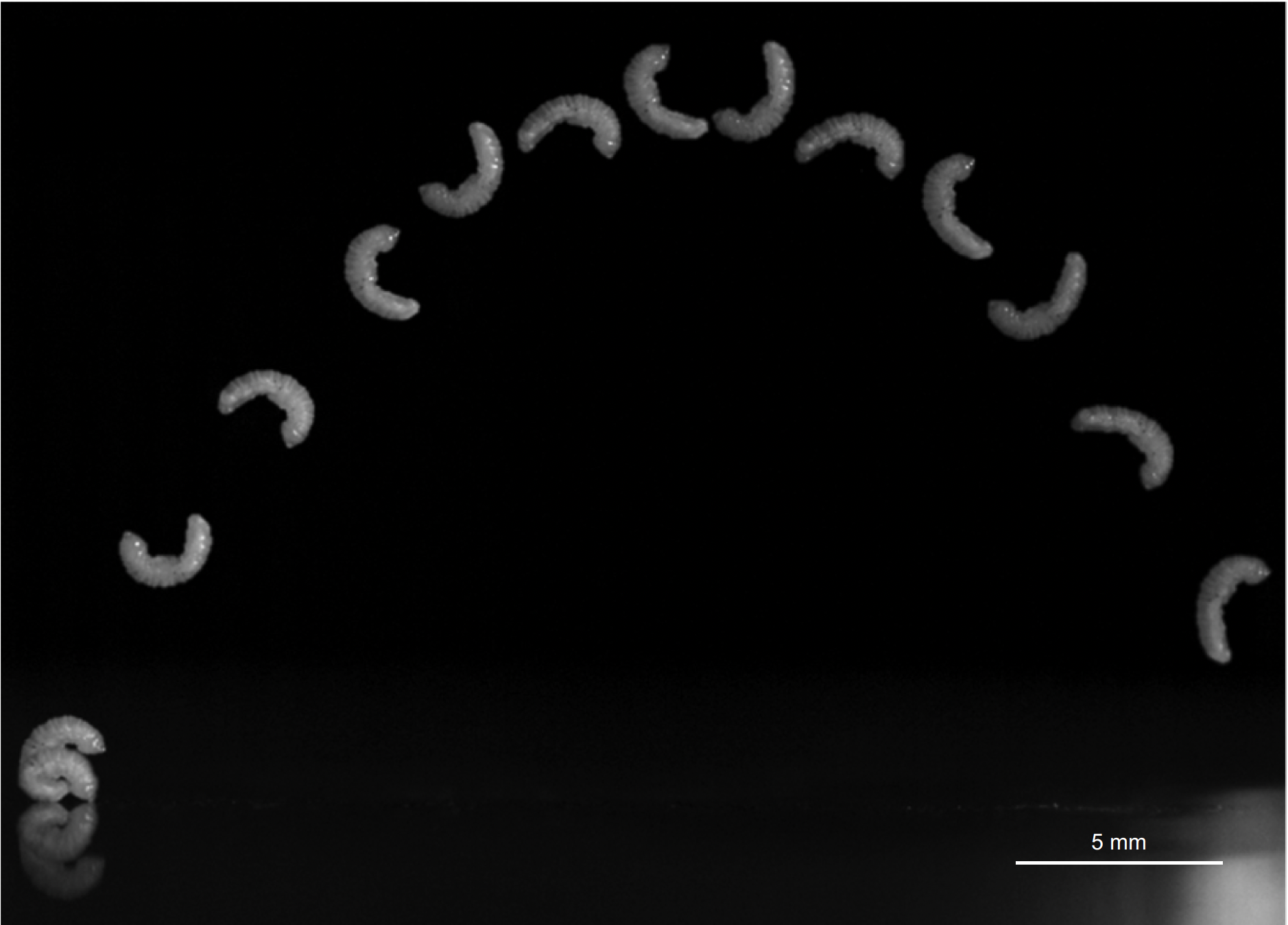Trap-jaw ants have powerful mandibles that snap closed at extremely high speeds and accelerations. They use these mandibles to capture or stun prey and to fight with other ants. These remarkable mandibles have attracted the attention of biologists and naturalists for well over a century. The term “trap-jaw” refers to mandibles that have a spring-loaded catch mechanism which allows the ants to store up energy in advance of strike and to release the mandibles rapidly. “Trigger hairs” on the face of each mandible connect to neurons that control the latches and release the mandibles. The ants can use these trigger hairs to fire the mandibles the moment they touch the surface of another object.
What do we know about trap-jaw ants? First, they are not a single related group of ants. Instead, trap-jaws have evolved multiple times across the ant family (Formicidae). Thus, while all trap-jaw ants share the characteristic of spring-loaded mandibles, the trap-jaw mechanism evolved multiple times and uses different structures to achieve the same trap-jaw function in different groups of ants. These multiple origins provide a remarkable window into the evolutionary origins of fast movements.
Some trap-jaw ants have another trick – they can jump with their mandibles. Our research has shown that the extremely high accelerations of Odontomachus bauri jaw-strikes (105 g’s, 38 m s-1, 0.13 ms) yield peak forces that can exceed the body weight of the ants. Thus, due to mechanics, when the ants hit a substrate with their powerful mandibles, they can jump into the air, often traveling over 20 times their body length. Our high speed images revealed the surprising acrobatics of these jumps for the first time and also the finer level behavioral preparation for the jumps. One question we asked is whether these jumps are simply a by-product of high forces or whether these are controlled behaviors that are a product of natural selection. Based on the high speed videos, the escape jumps appear to be intentional – the ants carefully align their heads and bodies before striking the ground and jumping into the air. Ants also use this chaotic jumping behavior to mob and frighten predators. For example, it is startling when a large number of ants start popping like popcorn into the air. Plus, they often land on the intruder and can sting (just like bees), making the combination of jumping and stinging a good predator deterrent.
The multiple independent origins of both trap-jaw mechanics and jaw-jumping offer a powerful system for testing hypotheses about the underlying correlates of these transitions to extremely fast movements and novel locomotor systems. Also, we can probe the dynamics between the mechanics of jaw impacts and the processes associated with the extraordinary evolutionary diversification of these groups.
For our latest papers on this topic, check out our Google Scholar, Research Gate, or Orcid pages.
